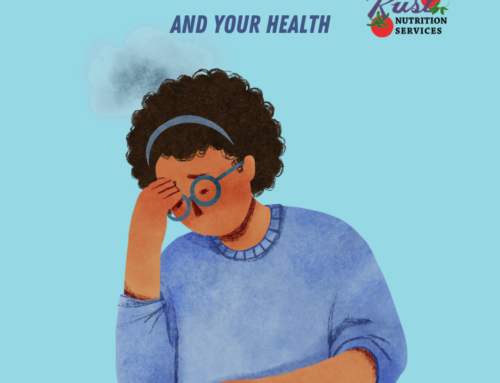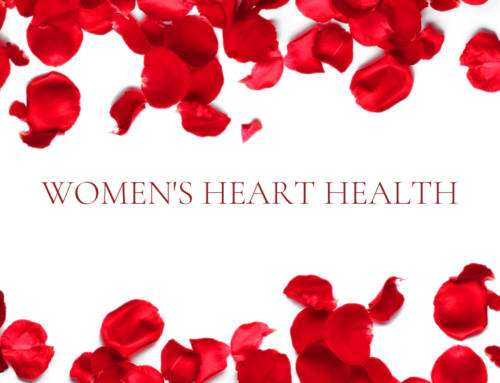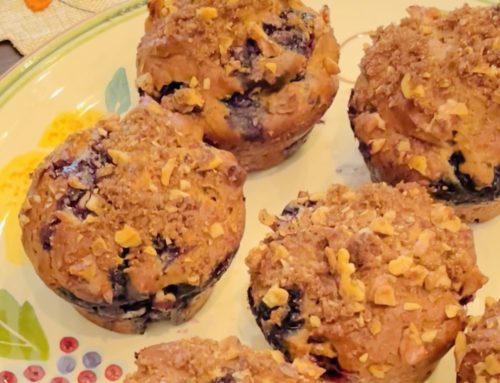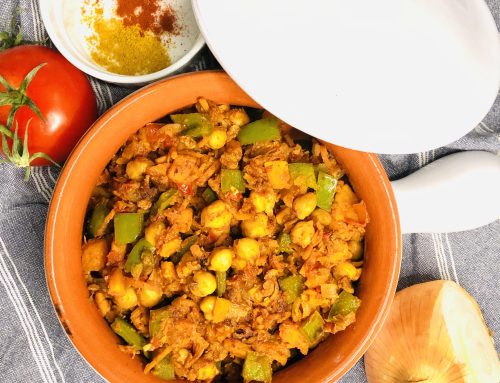 It’s the close of Heart Month, and one important aspect of heart health is your blood pressure. While it’s a great idea to get an annual physical, you especially want to pay attention to your body over the age of 40. “Middle age” is often a time when people experience changes in their health and bodies.
It’s the close of Heart Month, and one important aspect of heart health is your blood pressure. While it’s a great idea to get an annual physical, you especially want to pay attention to your body over the age of 40. “Middle age” is often a time when people experience changes in their health and bodies.
Not everyone with high blood pressure is overweight, but many are, and weight control plays an important role in managing health and blood pressure, not to mention your risk for other diseases including diabetes. Hypertension, or high blood pressure, is a risk factor for heart disease. Once you know you have high blood pressure (hypertension) you can assess your overall risk, along with your doctor, and talk to a registered dietitian about making changes in your diet and lifestyle. Do you know what your blood pressure numbers are?
Classifications of High Blood Pressure (Hypertension)
| SYSTOLIC READING (top) | DIASTOLIC READING (bottom) | |
| Normal |
<120 |
<80 |
| Pre-hypertension |
120-139 |
80-89 |
| Stage 1 Hypertension |
140-159 |
90-99 |
| Stage 2 Hypertension |
>160 |
>100 |
10 Quick Heart Healthy Diet Tips
- Read labels for saturated fat and choose products that have less than 2 grams per serving
- Add more baked or grilled fish to your diet, including fatty fish (such as salmon, tuna). Try to enjoy fish twice a week.
- Reduce other natural sources of saturated fat by choosing small portions of lean beef, lean pork (loin cuts), and small portions of cheese. Limit cured, fatty meats
- Add more healthy fats to your diet – snack on small portions (about 15-20 nuts) of nuts each day; use olive oil in cooking and on salads; chop an avocado into salsa or use it on a sandwich or salad, cook with liquid vegetable oils
- Include one to two servings of a fresh fruit or vegetable at each meal. When dining out, choose the extra vegetable side dish more often, instead of the potato or rice.
- Use whole grains such as oats, brown rice, barley, quinoa, or brown rice. Use them as quick side dishes at home, or add them to vegetable soups.
- Choose whole grain breads that are minimally processed.
- Include 2-3 servings of low fat dairy daily. Research has shown that people who consume this amount daily have lower systolic blood pressure (the upper number).
- Reduce the sodium in your diet by choosing more fresh over processed foods, reading labels for sodium, removing the salt shaker from the table, and cooking with less salt. Your daily sodium goal is 1500-2400 milligrams a day.
- Enjoy sweets in moderation – have small portions of baked goods, limit sweetened beverages and juices (the American Heart Association recommends consuming 100-150 calories or less daily of sugars).





[…] Post navigation ← The Maze of Natural Snacks Hypertention: Know Your Blood Pressure Numbers → […]